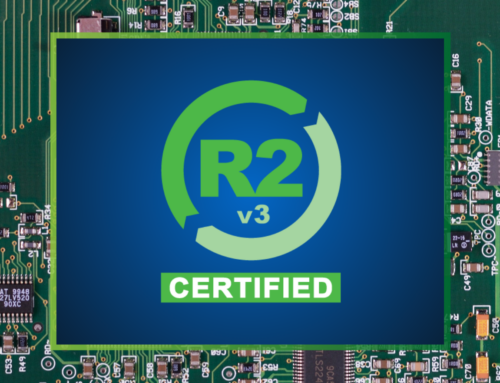These days, chances are good that a significant portion of your company’s network is not completely under your control. The explosion of software-as-a-service (SaaS), cloud storage and remote workers means network managers have to think outside the LAN. A mix of LAN and WAN infrastructure has implications for multiple aspects of your business, including bandwidth needs, security and disaster planning.
Speed and Bandwidth: Many companies are now considering or are in the process of upgrading to a faster Ethernet network, for good reason. The benefits of cloud hosting and storage are only as good as your connection speed. Plus, if your company is distributed among multiple locations, your employees may be relying on bandwidth-hungry applications like video conferencing as well. Be sure to think outside your LAN when you’re calculating the ROI of a network upgrade for greater bandwidth. What seems like a nice-to-have now could become crucial as more business functions move off-site.
Security: With less of your network under your direct control, maintaining security can become a lot more complicated. Good policies, training and due diligence are all keys to protecting your infrastructure.
- Policies and training for remote workers:
Keeping up with policy updates and training of non-IT staff can be a challenge even when everyone is located in the same building. But it’s even more critical when employees are entrusted with work off-site. It’s worth the time to develop clear communications and training about the basics like password hygiene, encryption, physical device security and how to recognize a phishing attack. If employees are allowed or expected to use personal devices for work, they may not have implemented the proper antivirus software and other security measures for themselves. Ensure that they understand these policies and have the right technical assistance to implement them if needed. - Due diligence for cloud providers:
When selecting a cloud service provider, get to know their security measures to ensure that they meet your standards. If you’re in an industry with strong compliance requirements (like financial services or healthcare), not every cloud vendor will have the capacity to meet your compliance needs. You will want to work with those who specialize in your area and have service agreements that properly address compliance issues.
Disaster Recovery: Good disaster recovery is all about having a plan that’s regularly updated and tested. Keep the following in mind as you update yours to consider WAN infrastructure:
- On-site back-ups:
If you’re relying on cloud-based services and remote workers, one of the biggest tasks will be testing your ability to continue operations if you were to lose your internet connectivity. Even a relatively minor storm or incident could become a major disaster for your business if you’re not prepared for a lost connection. Since most businesses rely on the cloud to augment storage and computing power, chances are that it’s not feasible to back up 100% of your applications and data on-site. Assess what’s most critical to keep the business open in the case of a natural disaster. Whether and how long you could keep the doors open in the absence of a particular function will tell you what to back up on site. Also consider backing up critical data with a cloud provider located in a different region than your primary one. The disaster that takes down your business could be located several time zones away. - Redundant internet connection:
Another idea to consider is implementing a redundant internet connection with a different service provider to protect you in case the primary service provider goes down. The second connection can give you the added benefit of extra bandwidth when both are functioning.
Network managers increasingly must think beyond their own LANs when it comes to things like bandwidth, security and disaster planning. Regular assessments of your bandwidth needs, proper security training and due diligence, and a tested disaster recovery plan can mitigate the risks that come with infrastructure beyond your control.




